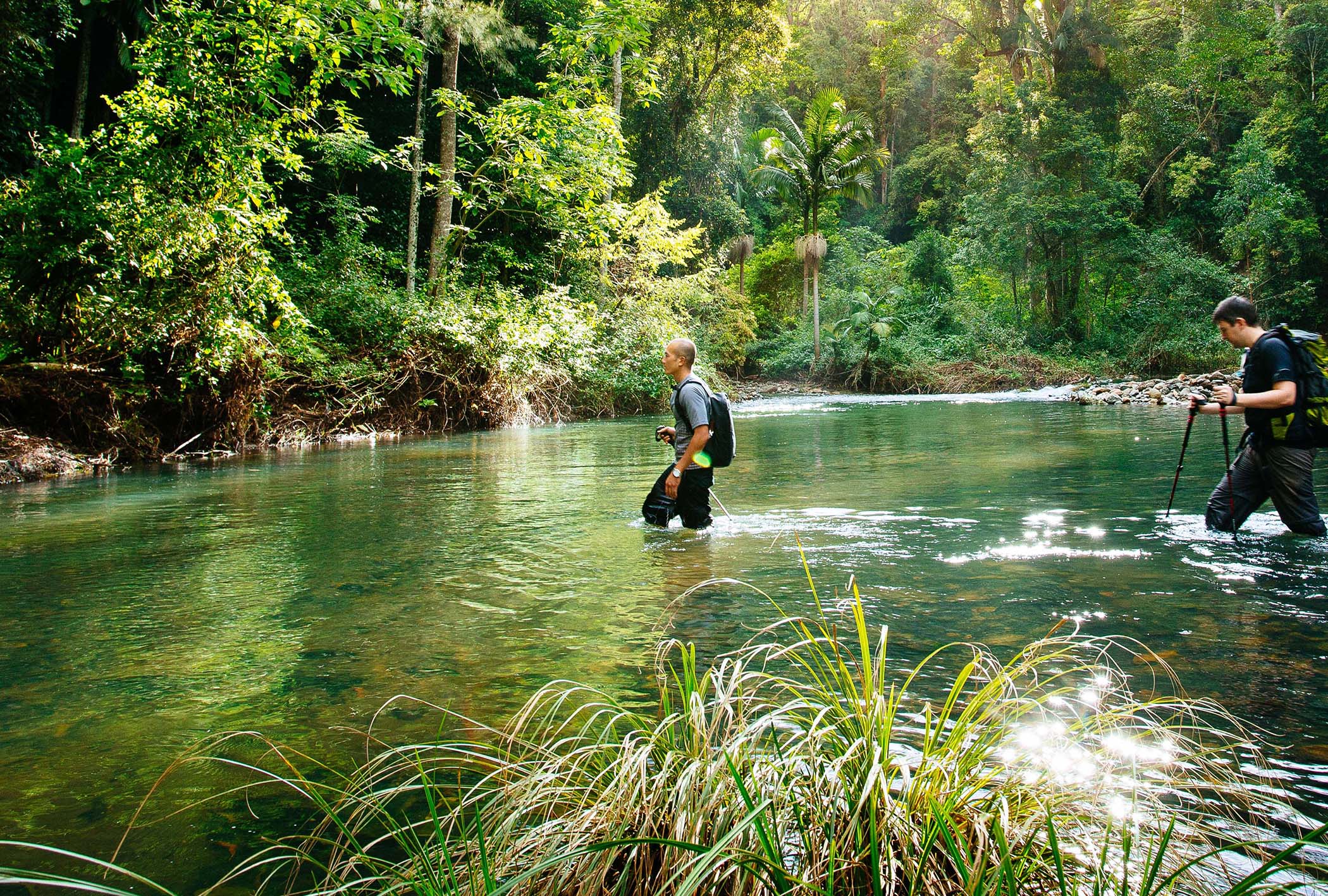
Drowning Deaths Raise Alarm
A spate of drowning deaths for December has signalled alarm bells across Australia
Posted on 19.12.2017
A spate of drowning deaths for December has signalled alarm bells across Australia with Surf Life Saving Australia (SLSA) today issuing an alert for all beachgoers to think water safety.
The number of incidents involving children and young people has raised concern this early in the holiday period.
Four children aged 11 to 15 years have lost their lives since 6 December (in NSW, SA, Tas), with a total of nine coastal drowning deaths known for December. This compares to eight coastal drowning deaths during the same period last year. There have been at least 33 coastal drowning deaths since 1 July 2017.
“The loss of any life is tragic, let alone that of a child or young person. Coming into the Christmas period we are imploring all beachgoers and other aquatic users to stop and think water safety.” said Shane Daw, National Coastal Risk and Safety Manager.
“It is critical that parents, young people, and all coastal visitors understand the potential risks when recreating at any aquatic venue. Sadly, it only takes a moment for a tragedy to unfold. Knowing your limits and abilities is critical, and we cannot overstate the importance of swimming at patrolled locations.”
SLSA recently released its National Coastal Safety Report 2017, showing 116 coastal drowning deaths were recorded for 2016-17, which is the third highest number of fatalities recorded in the past 13 years.
The National Coastal Safety Report 2017 highlights additional key findings including:
- Although 43 per cent of coastal drowning deaths occurred at beaches, 26 per cent occurred offshore.
- Forty per cent of coastal drowning deaths occurred at least 5km from a Surf Life Saving Club (SLSC).
- 59 per cent of coastal drowning deaths occurred during other activities; boating and personal water craft, snorkelling, rock fishing, scuba diving and watercraft.
- Only 39 per cent of people, report they usually swim at patrolled beaches during patrol hours.
- Six in ten people who say they can identify a rip current correctly, get it wrong.
- One in five Australians say they have a lifejacket at home, however only 42 per cent of boaters and 13 per cent of rock fishers say they always wear a lifejacket when participating in those activities.
Surf Life Saving Australia is asking the public to take precautions when recreating in coastal areas this summer:
- Where possible, swim at a patrolled beach, between the red and yellow flags
- Obey the safety signs at the beach
- Learn how to identify a rip current and look for rip currents before deciding where to swim.
- If you’re not sure, ask a lifesaver about the beach conditions
- Wear a lifejacket while boating, rock fishing or paddling
- Don’t go into or on the ocean during severe weather warnings
- Take personal responsibility, think twice and assess your safety before entering the water
- Supervise children at all times in and around water.
Last year Surf Life Saving services were involved in more than 10,000 rescues and nearly 4 million preventative actions. That equates to 30 rescues a day and 900 preventative actions each hour.
For the latest safety information – including patrolled beach locations – visit beachsafe.org.au
Download the Beachsafe app
Source
Surf Life Saving
Have a story to tell or news to share?
Let us know by Submitting a News Story







